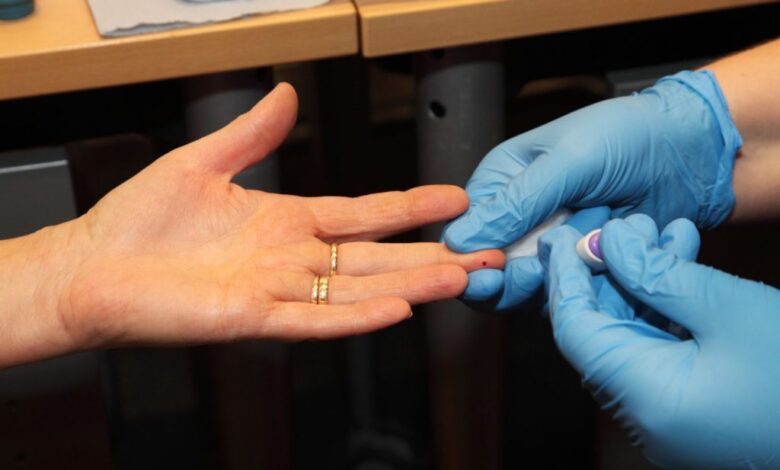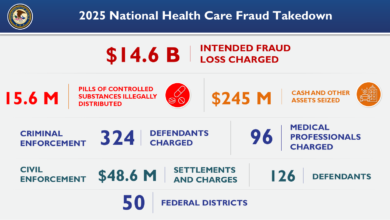Clinicians given new cholesterol target for CVD patients

Nurses and other clinicians are being given a new cholesterol target for patients with cardiovascular disease (CVD) in the hope of preventing further cases of stroke or heart attack.
The “secondary prevention” target is a first of its kind from the National Institute for Health and Care Excellence (NICE) and is most relevant for health professionals in general practice.
“Improving the control of cholesterol in a larger number of people will further reduce deaths from heart attacks and strokes”
Jonathan Benger
It says that, for patients who have had a heart attack or stroke, clinicians should aim to keep their cholesterol within certain specified limits to reduce the risk of them having another.
The target is for low-density lipoprotein (LDL) cholesterol levels of 2.0 mmol per litre or less, or non-high-density lipoprotein (HDL) cholesterol levels of 2.6 mmol per litre or less.
The guidance recommends that if statins alone are not sufficient to reach the cholesterol target in an individual, then clinicians can consider additional treatments, following a conversation on the risks and benefits with the patient.
The NICE decision was based on evidence from 34 randomised controlled trials which looked at the use of four lipid-lowering treatments: alirocumab, evolocumab, ezetimibe and inclisiran, which in most cases were used alongside statins.
For all four treatments, the trials found “clinically significant reductions” in cholesterol levels compared to a placebo in patients who took them, and “modest reductions” in major CVD events such as myocardial infarction, stroke and related deaths.
In making its recommendation, NICE said: “The committee agreed that increased uptake of lipid-lowering treatments is necessary for an overall improvement in population health but that also, the extra cost of lipid-lowering treatment would be partly offset by savings due to a reduction in CVD events (including hospital admissions for stroke, heart disease and cardiovascular procedures).”
Estimates by NICE suggest that its new guidance could lead to between 50,000 and 145,000 fewer CVD events over 10 years.
Professor Jonathan Benger, NICE chief medical officer said: “Improving the control of cholesterol in a larger number of people will further reduce deaths from heart attacks and strokes.
“This guideline will help clinicians talk through the options with their patients to achieve the best outcomes.
“We are focussed on providing useful and useable guidance for healthcare practitioners to help them and their patients make informed choices about their long-term healthcare.”






